1. Decoding Animal Communication
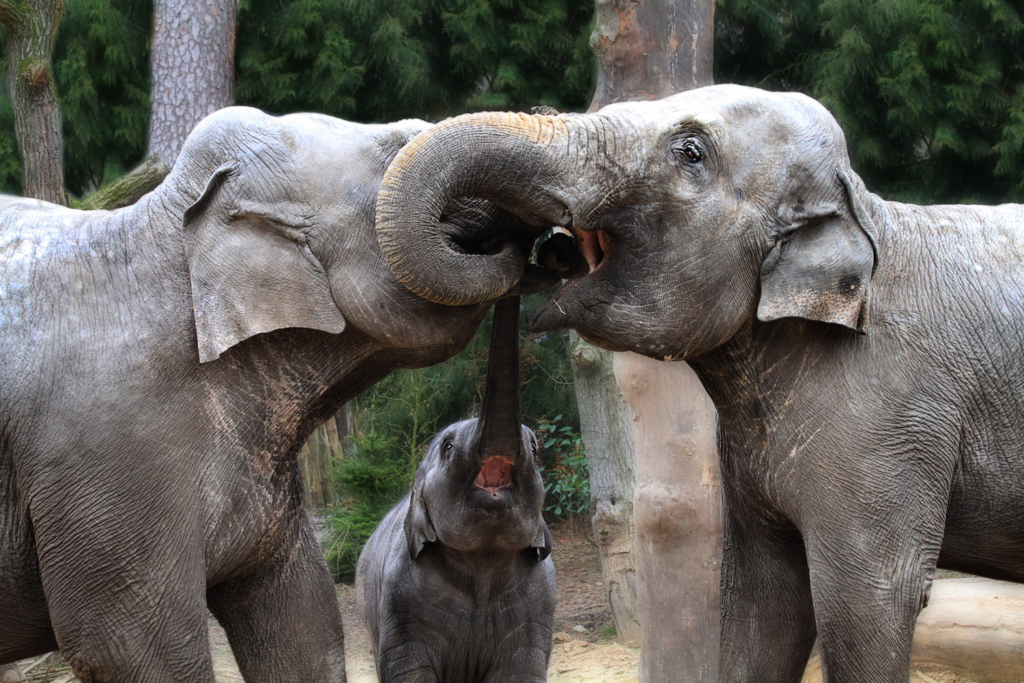
Wikimedia Commons
AI is helping us crack the code of animal communication, allowing us to understand what different sounds and behaviors mean. From deciphering the complex clicks of dolphins to understanding the calls of elephants, AI-powered algorithms analyze massive amounts of audio data to reveal patterns humans can’t detect on their own. This technology is bringing us closer to a future where we might communicate with animals in meaningful ways. Scientists have already used AI to identify stress calls in pigs and emotions in dogs based on their vocalizations. These breakthroughs could help improve animal welfare by enabling caretakers to respond more effectively to their needs. AI is essentially giving animals a voice, transforming our understanding of their inner worlds and strengthening the bond between species.
2. Monitoring Wildlife Populations
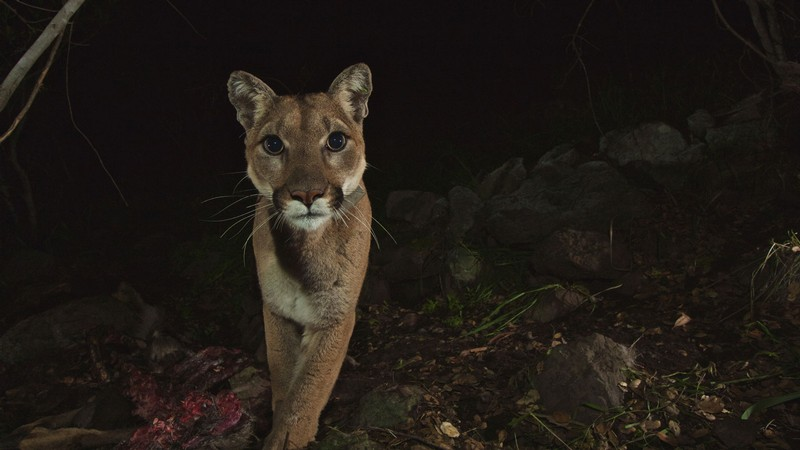
Rawpixel
AI-powered drones and camera traps are revolutionizing wildlife conservation by accurately monitoring animal populations. Traditionally, counting animals in the wild has been labor-intensive and prone to error, but AI can process thousands of images and videos in a fraction of the time. These systems can identify individual animals, even within herds, and track their movements. This technology is crucial for protecting endangered species and understanding migration patterns. For example, AI has been used to monitor snow leopards in the Himalayas and orangutans in Borneo. By providing more precise data, AI enables conservationists to design better strategies to protect habitats and maintain biodiversity. It’s a game-changer for conservation, ensuring that no species is left behind due to a lack of data.
3. Advancing Animal Health Diagnostics
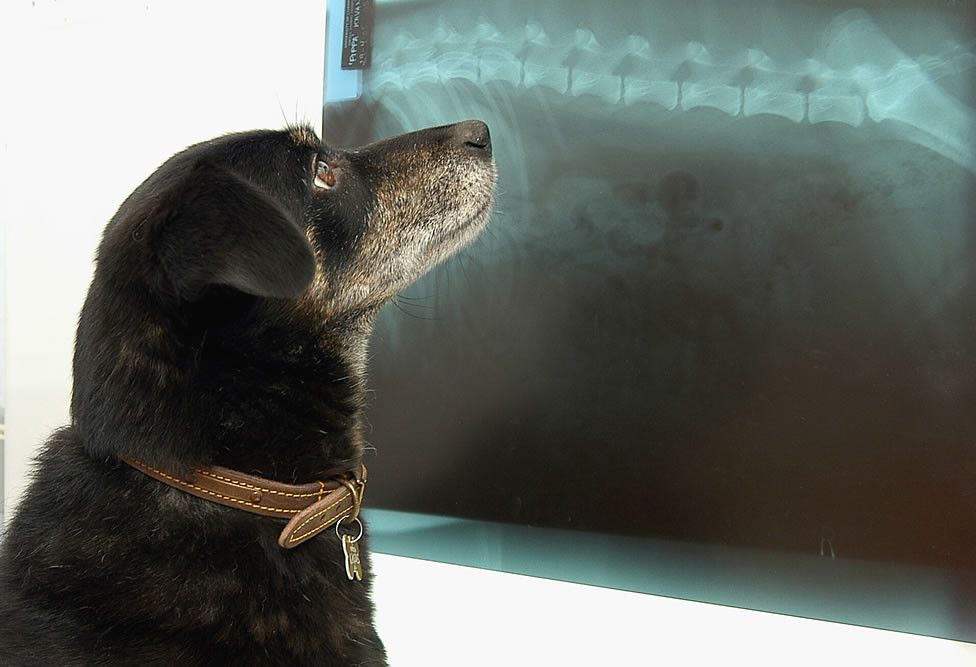
Flickr
AI is transforming veterinary medicine by improving the way we diagnose and treat animals. Algorithms can analyze medical images, such as X-rays or MRIs, with remarkable accuracy, sometimes surpassing human experts. This means faster and more precise diagnoses for conditions ranging from fractures to cancer. Additionally, wearable AI devices for pets can monitor vital signs, detect early signs of illness, and alert owners and veterinarians before symptoms become severe. For instance, smart collars can track a dog’s heart rate and activity levels, providing valuable insights into its health. These advancements aren’t just for pets—AI is also being used to improve the health of livestock and wildlife. By leveraging AI, we can ensure animals receive the care they need, enhancing their quality of life.
4. Enhancing Emotional Understanding
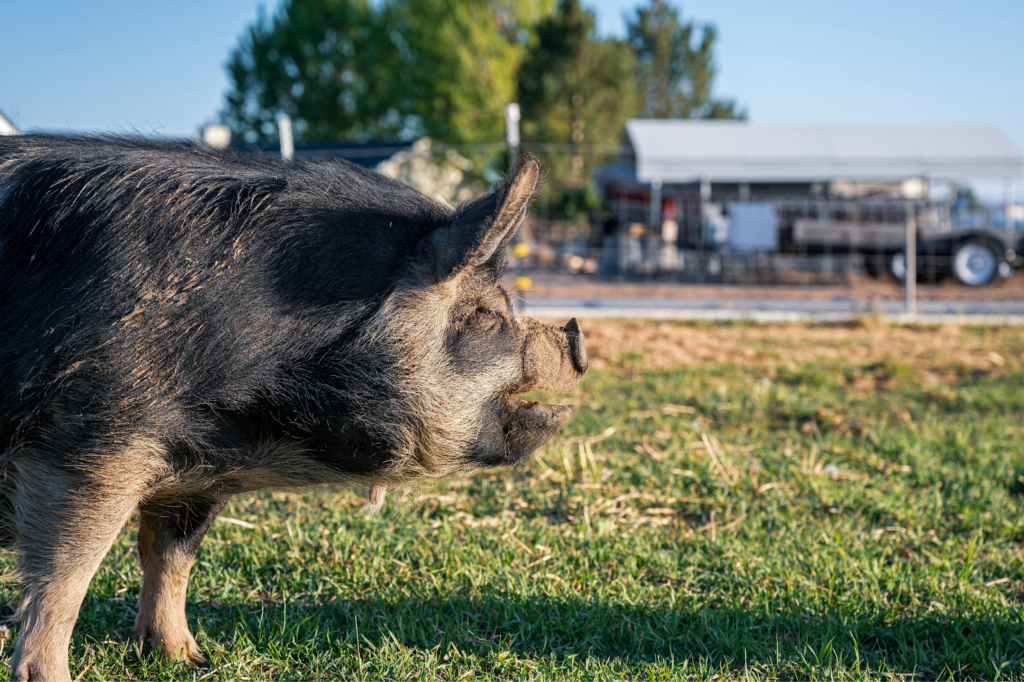
Pexels
AI tools are enabling humans to better understand the emotions of animals by analyzing their facial expressions, body language, and vocalizations. For example, AI algorithms have been developed to recognize when dogs are feeling happy, anxious, or in pain. Farmers are using similar technology to detect stress in cows and pigs, improving animal welfare in agriculture. These insights allow humans to respond to animals’ emotional needs more effectively, creating environments where they feel safe and content. Imagine a future where shelters use AI to understand what makes each dog or cat happiest, increasing adoption rates and reducing stress for animals in transition. This emotional bridge fosters a deeper connection between humans and animals, paving the way for more compassionate care.
5. Fighting Poaching with AI
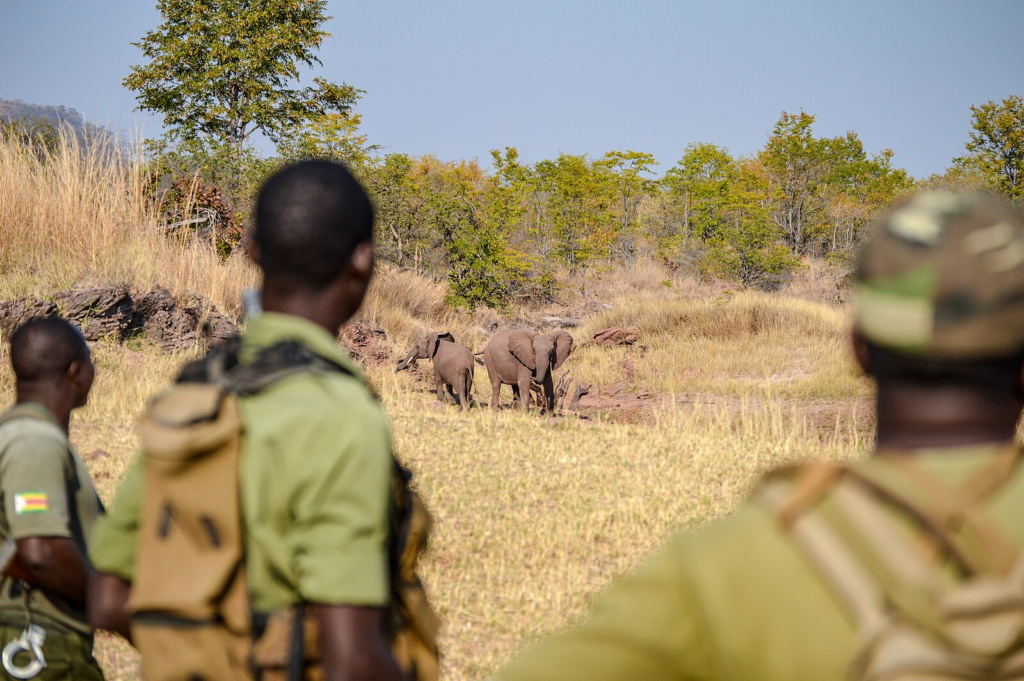
Wikimedia Commons
AI is a powerful weapon in the fight against poaching. Machine learning algorithms analyze data from camera traps, drones, and satellites to detect suspicious activity in protected areas. These systems can identify potential threats, such as vehicles or humans in restricted zones, and alert authorities in real-time. For instance, AI has been deployed in Africa’s national parks to predict where poachers might strike next, enabling rangers to intervene before it’s too late. By automating the detection of illegal activities, AI allows conservationists to focus on protecting wildlife rather than sifting through endless data. This technology has already saved countless animals, proving that AI can be a force for good in conservation efforts.
6. Personalizing Pet Care
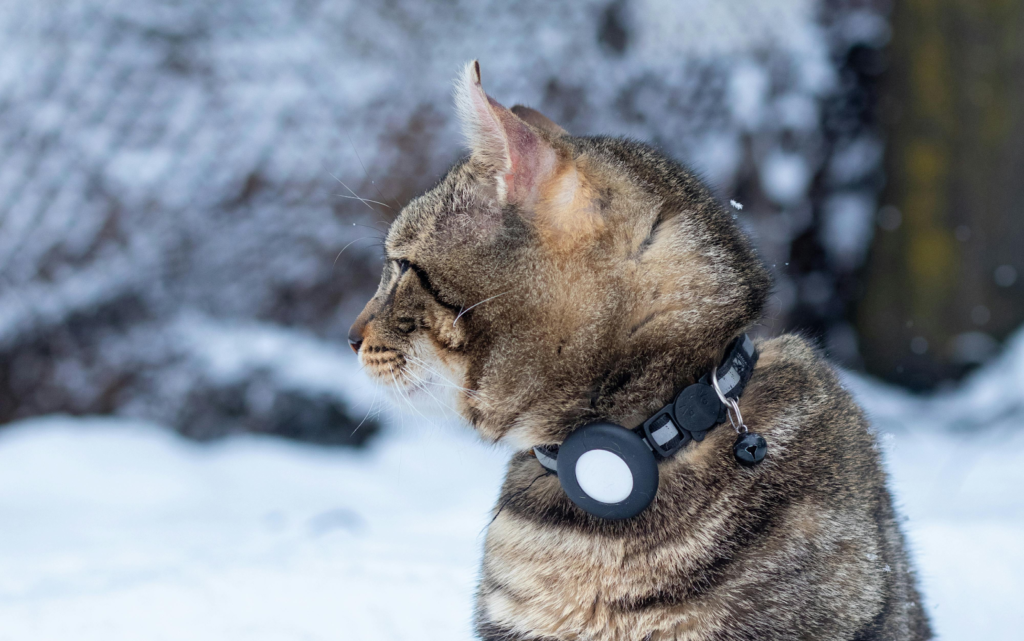
Pexels
AI is making it easier than ever to provide personalized care for pets. Smart devices, like AI-enabled feeders and activity trackers, learn your pet’s unique habits and preferences, ensuring they get the right amount of food, exercise, and mental stimulation. For instance, automatic feeders can adjust portion sizes based on a pet’s age, weight, and activity level. AI-powered apps can also recommend tailored training programs or suggest toys and activities that match your pet’s personality. This level of customization enhances pets’ overall well-being, making their lives more fulfilling. It also strengthens the bond between owners and their furry friends by fostering better understanding and communication.
7. Revolutionizing Animal Behavior Studies

Pexels
AI is transforming the field of animal behavior research by analyzing complex datasets at unprecedented speeds. Researchers use AI to study everything from bird migration patterns to the social structures of primates. For example, machine learning models can identify and track individual animals in video footage, revealing insights about their interactions and routines. This technology is also being used to study how animals adapt to changing environments, providing critical data for conservation efforts. By uncovering hidden patterns in behavior, AI helps scientists understand how animals think and act, bringing us closer to decoding their mysteries. These insights can also inform how we design habitats, zoos, and sanctuaries to better meet animals’ needs.
8. Creating Virtual Zoos
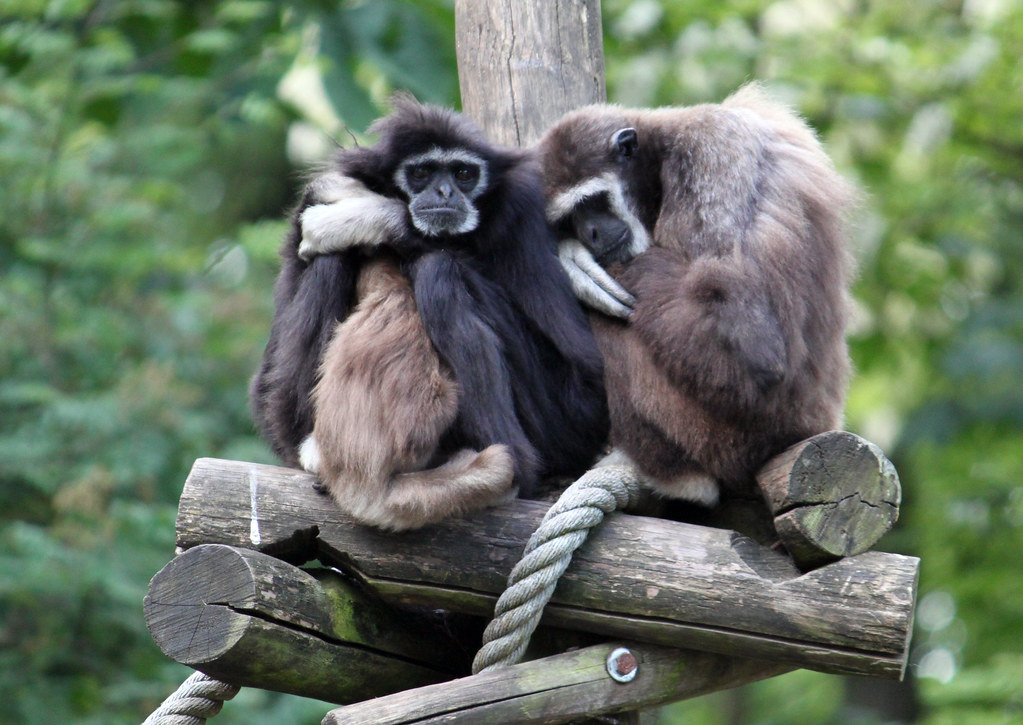
Flickr
Imagine visiting a zoo without cages, where animals roam freely in their natural habitats—virtually. AI is making this possible through immersive technologies like augmented reality (AR) and virtual reality (VR). These virtual zoos allow people to observe animals up close without disturbing them, offering an ethical alternative to traditional zoos. AI enhances these experiences by simulating realistic animal behaviors and ecosystems, providing an educational and entertaining way to connect with wildlife. Virtual zoos also reduce the need to capture and confine animals, promoting conservation while satisfying human curiosity. As these technologies advance, they could revolutionize how we learn about and appreciate the animal kingdom.
9. Predicting Animal Migration Patterns

PxHere
AI is helping scientists predict animal migration patterns with remarkable accuracy. By analyzing data from GPS trackers, weather patterns, and environmental changes, machine learning algorithms can forecast where animals will travel next. This is especially valuable for species that migrate long distances, such as whales, birds, and wildebeests. Predicting these movements helps conservationists protect critical migration corridors and plan around human activities like construction or shipping routes. For example, AI has been used to predict the paths of sea turtles, enabling authorities to safeguard nesting sites. This technology doesn’t just protect animals—it also helps humans coexist more harmoniously with wildlife by minimizing conflicts and fostering mutual respect.
10. Improving Animal Rescue Efforts

GetArchive
AI is revolutionizing animal rescue efforts by enhancing search-and-rescue operations. Drones equipped with AI-powered cameras can scan vast areas for stranded or injured animals, identifying them faster than human searchers could. These systems can also differentiate between species, helping rescuers prioritize efforts for endangered animals. For instance, during natural disasters, AI has been used to locate pets separated from their owners and wildlife trapped by flooding or wildfires. Additionally, AI tools help rescue organizations optimize their resources, such as identifying regions most in need of intervention. By streamlining the rescue process, AI ensures more animals receive help when they need it most, saving countless lives and reducing suffering.
11. Developing Ethical Wildlife Tourism
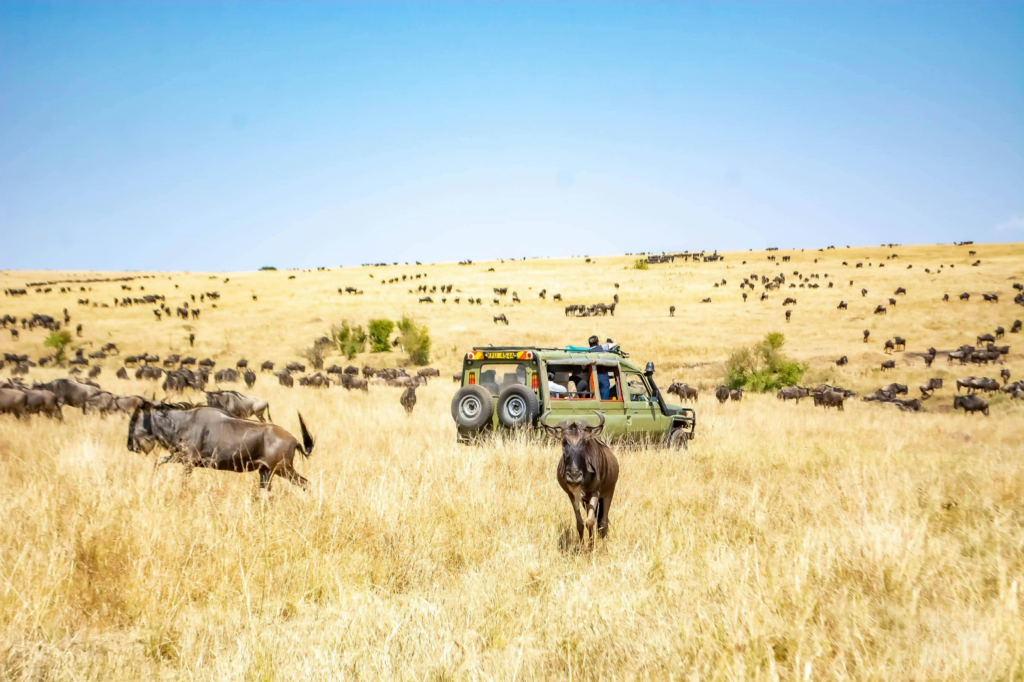
Pexels
AI is helping transform wildlife tourism into a more ethical and sustainable industry. By monitoring tourist interactions with animals, AI can identify behaviors that cause stress or harm, allowing operators to adjust practices in real time. For example, AI has been used to study the impact of whale-watching boats on whale behavior, leading to better regulations that protect the animals. Virtual tours enhanced by AI also provide immersive, educational experiences without disturbing wildlife. These advancements ensure that tourism contributes to conservation rather than exploitation, creating opportunities for people to connect with nature responsibly. AI is redefining what it means to experience wildlife, balancing human curiosity with animal welfare.
12. Studying Climate Change’s Impact on Animals
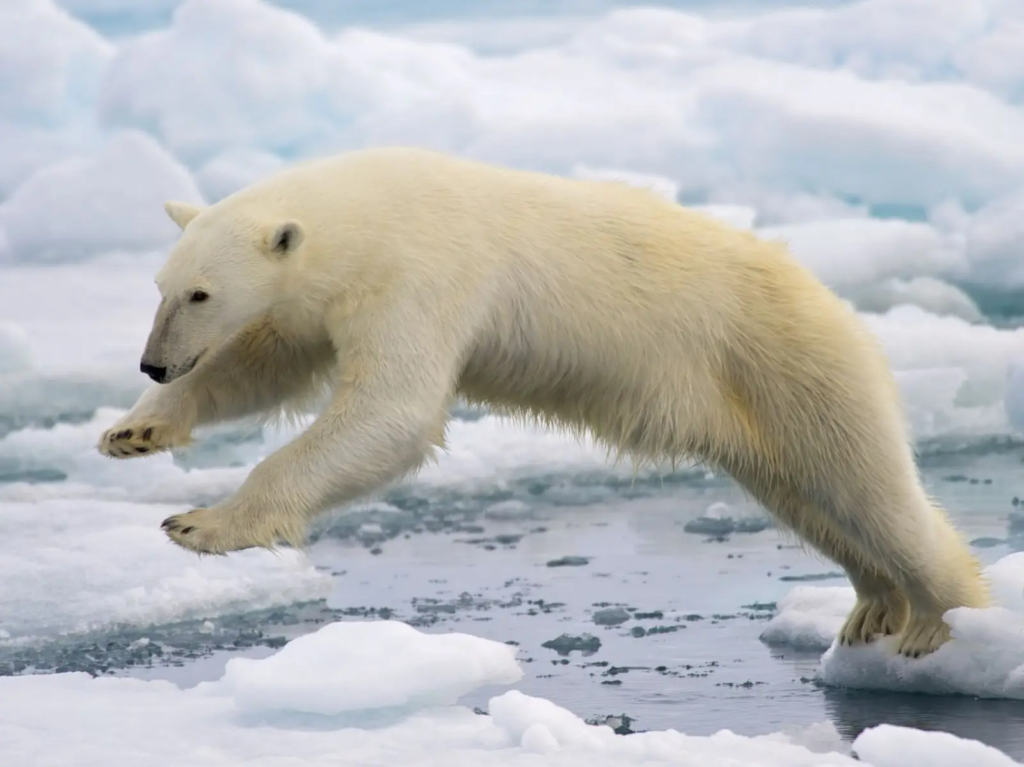
Animalia
Climate change is altering habitats and forcing animals to adapt, migrate, or face extinction. AI is playing a crucial role in studying how these changes affect wildlife. By analyzing environmental data, AI can predict how rising temperatures, sea levels, and other factors influence species distribution and survival. For instance, researchers use AI to model how coral reefs respond to warming oceans or how polar bears adapt to shrinking ice caps. These insights help conservationists prioritize efforts and develop strategies to mitigate the impacts of climate change. AI not only reveals the challenges animals face but also provides hope by identifying opportunities for intervention and adaptation.
13. Enhancing Zoo Animal Welfare
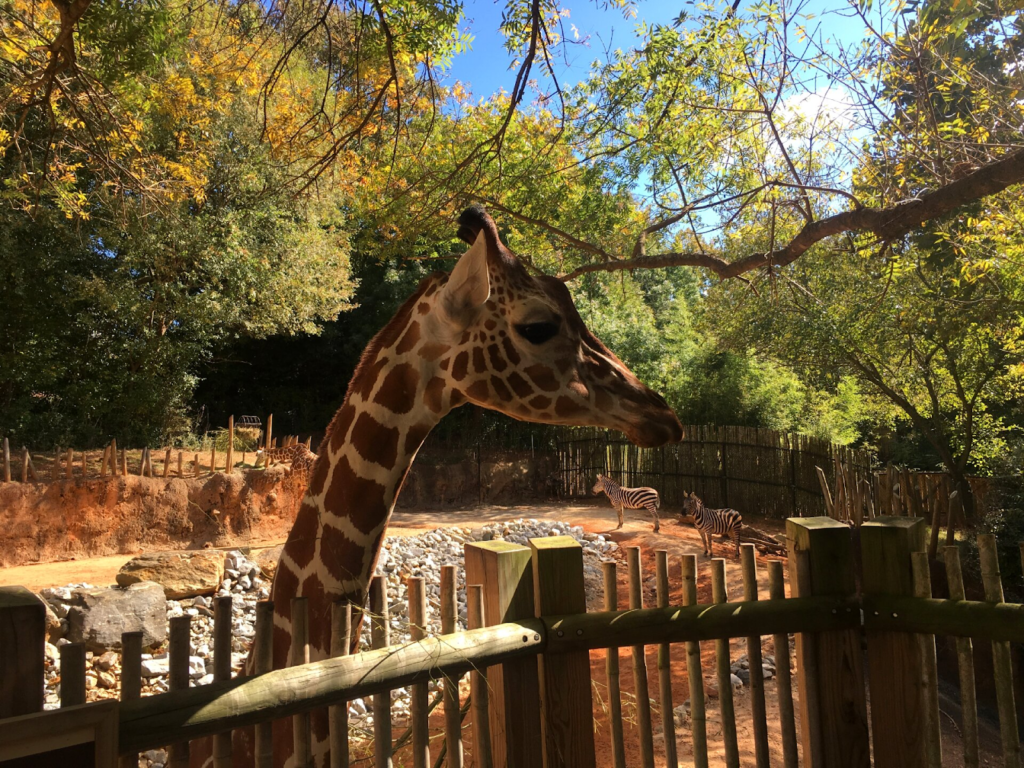
Creazilla
Zoos are leveraging AI to improve the lives of their animal residents. AI-powered sensors monitor animals’ behavior, health, and environment, ensuring they receive optimal care. For example, motion sensors can detect when an animal is exhibiting signs of stress or illness, prompting zookeepers to intervene. AI is also being used to design enrichment activities tailored to each species’ needs, promoting mental stimulation and reducing boredom. Additionally, data from AI systems helps zoos better understand the preferences and habits of their animals, leading to more natural and comfortable living conditions. These advancements not only enhance animal welfare but also educate visitors about the importance of humane care.
14. Educating the Next Generation
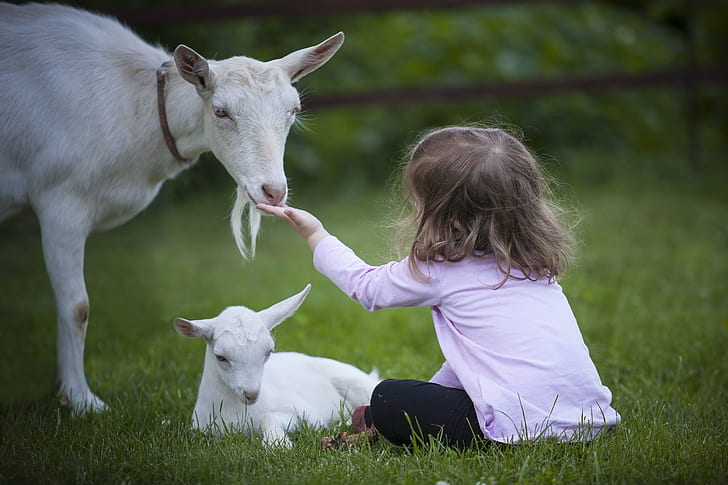
PickPik
AI is transforming how we teach children and adults about animals, making learning more interactive and engaging. AI-powered apps and games simulate real-world animal behaviors, allowing users to “experience” wildlife in ways that traditional education can’t match. For instance, augmented reality apps can project lifelike animals into classrooms, teaching students about their habitats, diets, and behaviors in an immersive way. AI also personalizes learning, adapting content to each individual’s interests and knowledge level. By making animal education more accessible and captivating, AI inspires a deeper appreciation for wildlife and motivates future generations to protect the planet and its inhabitants.


